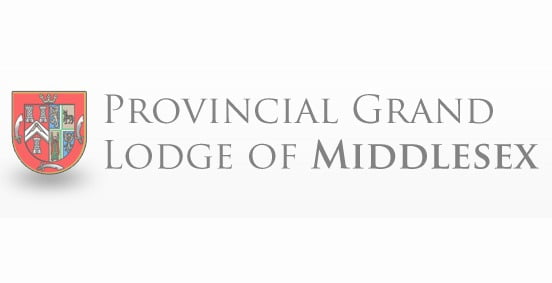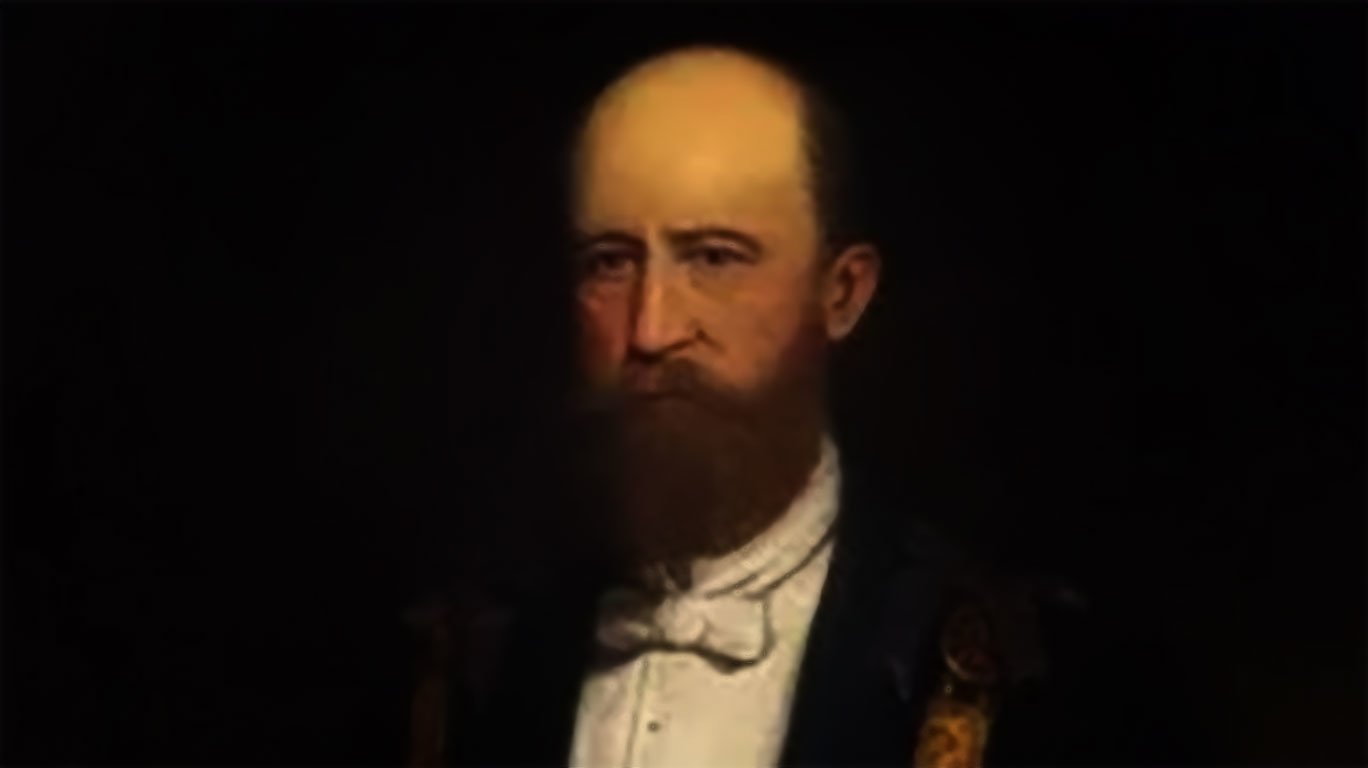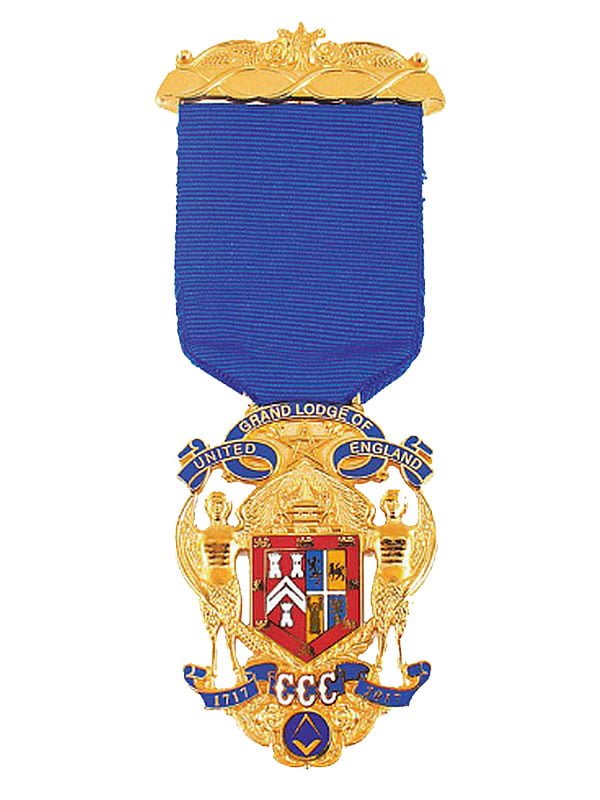A Modern Examination of the Landmarks of Freemasonry
Few subjects in Masonic Jurisprudence generate more interest and debate than the Landmarks of Freemasonry. Every new Brother is charged to protect and preserve them, but there is much conflicting information about what the Landmarks of Masonry actually are. Considering that the proper observation of the Landmarks is a primary factor in the decision of whether a Grand Lodge is recognized or not and the preservation of them one of the most important considerations in making any Masonic policy, it is important that the Landmarks of the order be well understood.




